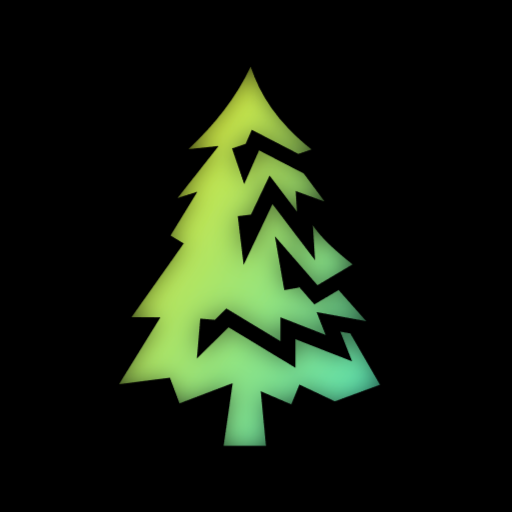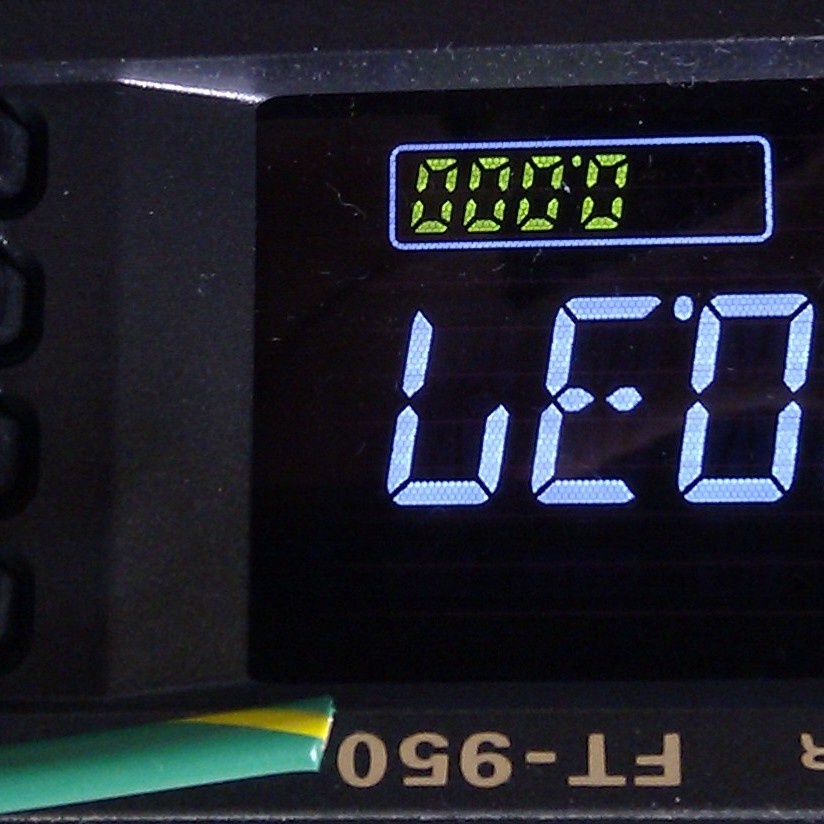Day 16: The Floor Will Be Lava
Megathread guidelines
- Keep top level comments as only solutions, if you want to say something other than a solution put it in a new post. (replies to comments can be whatever)
- You can send code in code blocks by using three backticks, the code, and then three backticks or use something such as https://topaz.github.io/paste/ if you prefer sending it through a URL
FAQ
- What is this?: Here is a post with a large amount of details: https://programming.dev/post/6637268
- Where do I participate?: https://adventofcode.com/
- Is there a leaderboard for the community?: We have a programming.dev leaderboard with the info on how to join in this post: https://programming.dev/post/6631465
Python
Also on Github
53.059 line-seconds (ranks third hardest after days 8 and 12 so far).
from .solver import Solver def _trace_beam(data, initial_beam_head): wx = len(data[0]) wy = len(data) beam_heads = [initial_beam_head] seen_beam_heads = set() while beam_heads: next_beam_heads = [] for x, y, dx, dy in beam_heads: seen_beam_heads.add((x, y, dx, dy)) nx, ny = (x + dx), (y + dy) if nx < 0 or nx >= wx or ny < 0 or ny >= wy: continue obj = data[ny][nx] if obj == '|' and dx != 0: next_beam_heads.append((nx, ny, 0, 1)) next_beam_heads.append((nx, ny, 0, -1)) elif obj == '-' and dy != 0: next_beam_heads.append((nx, ny, 1, 0)) next_beam_heads.append((nx, ny, -1, 0)) elif obj == '/': next_beam_heads.append((nx, ny, -dy, -dx)) elif obj == '\\': next_beam_heads.append((nx, ny, dy, dx)) else: next_beam_heads.append((nx, ny, dx, dy)) beam_heads = [x for x in next_beam_heads if x not in seen_beam_heads] energized = {(x, y) for x, y, _, _ in seen_beam_heads} return len(energized) - 1 class Day16(Solver): def __init__(self): super().__init__(16) def presolve(self, input: str): data = input.splitlines() self.possible_energized_cells = ( [_trace_beam(data, (-1, y, 1, 0)) for y in range(len(data))] + [_trace_beam(data, (x, -1, 0, 1)) for x in range(len(data[0]))] + [_trace_beam(data, (len(data[0]), y, -1, 0)) for y in range(len(data))] + [_trace_beam(data, (x, len(data), 0, -1)) for x in range(len(data[0]))]) def solve_first_star(self) -> int: return self.possible_energized_cells[0] def solve_second_star(self) -> int: return max(self.possible_energized_cells)C
Just tracing the ray. When it splits, recurse one way and continue the other. Didn't bother with a direction lookup table this time, just a few ifs. The ray ends when it goes out of bounds or a ray in that direction has been previously traced on a given cell (this is tracked with a separate table).
It would've been straightforward if I hadn't gotten the 'previously visited' check wrong 😞. I was checking against the direction coming in of the tile but marking the direction going out.
Ray function:
static void ray(int x, int y, int dir) { int c; while (x>=0 && y>=0 && xHaskell
A pretty by-the-book "walk all paths" algorithm. This could be made a lot faster with some caching.
Solution
import Control.Monad import Data.Array.Unboxed (UArray) import qualified Data.Array.Unboxed as A import Data.Foldable import Data.Set (Set) import qualified Data.Set as Set type Pos = (Int, Int) readInput :: String -> UArray Pos Char readInput s = let rows = lines s in A.listArray ((1, 1), (length rows, length $ head rows)) $ concat rows energized :: (Pos, Pos) -> UArray Pos Char -> Set Pos energized start grid = go Set.empty $ Set.singleton start where go seen beams | Set.null beams = Set.map fst seen | otherwise = let seen' = seen `Set.union` beams beams' = Set.fromList $ do ((y, x), (dy, dx)) <- toList beams d'@(dy', dx') <- case grid A.! (y, x) of '/' -> [(-dx, -dy)] '\\' -> [(dx, dy)] '|' | dx /= 0 -> [(-1, 0), (1, 0)] '-' | dy /= 0 -> [(0, -1), (0, 1)] _ -> [(dy, dx)] let p' = (y + dy', x + dx') beam' = (p', d') guard $ A.inRange (A.bounds grid) p' guard $ beam' `Set.notMember` seen' return beam' in go seen' beams' part1 = Set.size . energized ((1, 1), (0, 1)) part2 input = maximum counts where (_, (h, w)) = A.bounds input starts = concat $ [[((y, 1), (0, 1)), ((y, w), (0, -1))] | y <- [1 .. h]] ++ [[((1, x), (1, 0)), ((h, x), (-1, 0))] | x <- [1 .. w]] counts = map (\s -> Set.size $ energized s input) starts main = do input <- readInput <$> readFile "input16" print $ part1 input print $ part2 inputA whopping 130.050 line-seconds!
Scala3
This could be much more efficient (and quite a bit shorter), but I wanted to try out the scala-graph library (https://www.scala-graph.org)
import day10._ import day10.Dir._ import scalax.collection.edges.DiEdge import scalax.collection.immutable.Graph import scalax.collection.edges.DiEdgeImplicits import scalax.collection.generic.AnyEdge import scalax.collection.generic.Edge case class Node(ps: Set[Pos]) def getNode(p: Pos, d: Dir) = Node(Set(p, walk(p, d))) def connect(p: Pos, d1: Dir, d2: Dir) = List(getNode(p, d1) ~> getNode(p, d2), getNode(p, d2) ~> getNode(p, d1)) def parseGrid(a: List[List[Char]]) = def parseCell(s: Char, pos: Pos) = s match case '.' => connect(pos, Left, Right) ++ connect(pos, Up, Down) case '/' => connect(pos, Left, Up) ++ connect(pos, Right, Down) case '\\' => connect(pos, Left, Down) ++ connect(pos, Right, Up) case '-' => connect(pos, Left, Right) ++ List( getNode(pos, Up) ~> getNode(pos, Left), getNode(pos, Up) ~> getNode(pos, Right), getNode(pos, Down) ~> getNode(pos, Left), getNode(pos, Down) ~> getNode(pos, Right), ) case '|' => connect(pos, Up, Down) ++ List( getNode(pos, Left) ~> getNode(pos, Up), getNode(pos, Left) ~> getNode(pos, Down), getNode(pos, Right) ~> getNode(pos, Up), getNode(pos, Right) ~> getNode(pos, Down), ) case _ => List().ensuring(false) val edges = a.zipWithIndex.flatMap((r, y) => r.zipWithIndex.map((v, x) => v -> Pos(x, y))).map(parseCell).reduceLeft((a, b) => a ++ b) Graph() ++ edges def illuminationFrom(p: Pos, d: Dir, g: Graph[Node, DiEdge[Node]], inBounds: Pos => Boolean): Long = val es = getNode(p, d.opposite) ~> getNode(p, d) val g2 = g + es val n = g2.get(getNode(p, d)) n.outerNodeTraverser.flatMap(_.ps).toSet.filter(inBounds).size def inBounds(a: List[String])(p: Pos) = p.x >= 0 && p.x < a(0).size && p.y >= 0 && p.y < a.size def task1(a: List[String]): Long = illuminationFrom(Pos(-1, 0), Right, parseGrid(a.map(_.toList)), inBounds(a)) def task2(a: List[String]): Long = val inits = (for y <- a.indices yield Seq((Pos(-1, y), Right), (Pos(a(y).size, y), Left))) ++ (for x <- a(0).indices yield Seq((Pos(x, -1), Down), (Pos(x, a.size), Up))) val g = parseGrid(a.map(_.toList)) inits.flatten.map((p, d) => illuminationFrom(p, d, g, inBounds(a))).max


